President’s message: Transparency in the race to net zero
Reliable Controls president Tom Zaban explores how we can help you foster transparency in the race to net zero.





Only one team can win the Stanley Cup each year, but every athlete and spectator who visits an ice rink, from huge arenas to local recreation centers, is deserving of clean air, whether they’re in the game or in the stands.

Every athlete and fan deserves clean air.
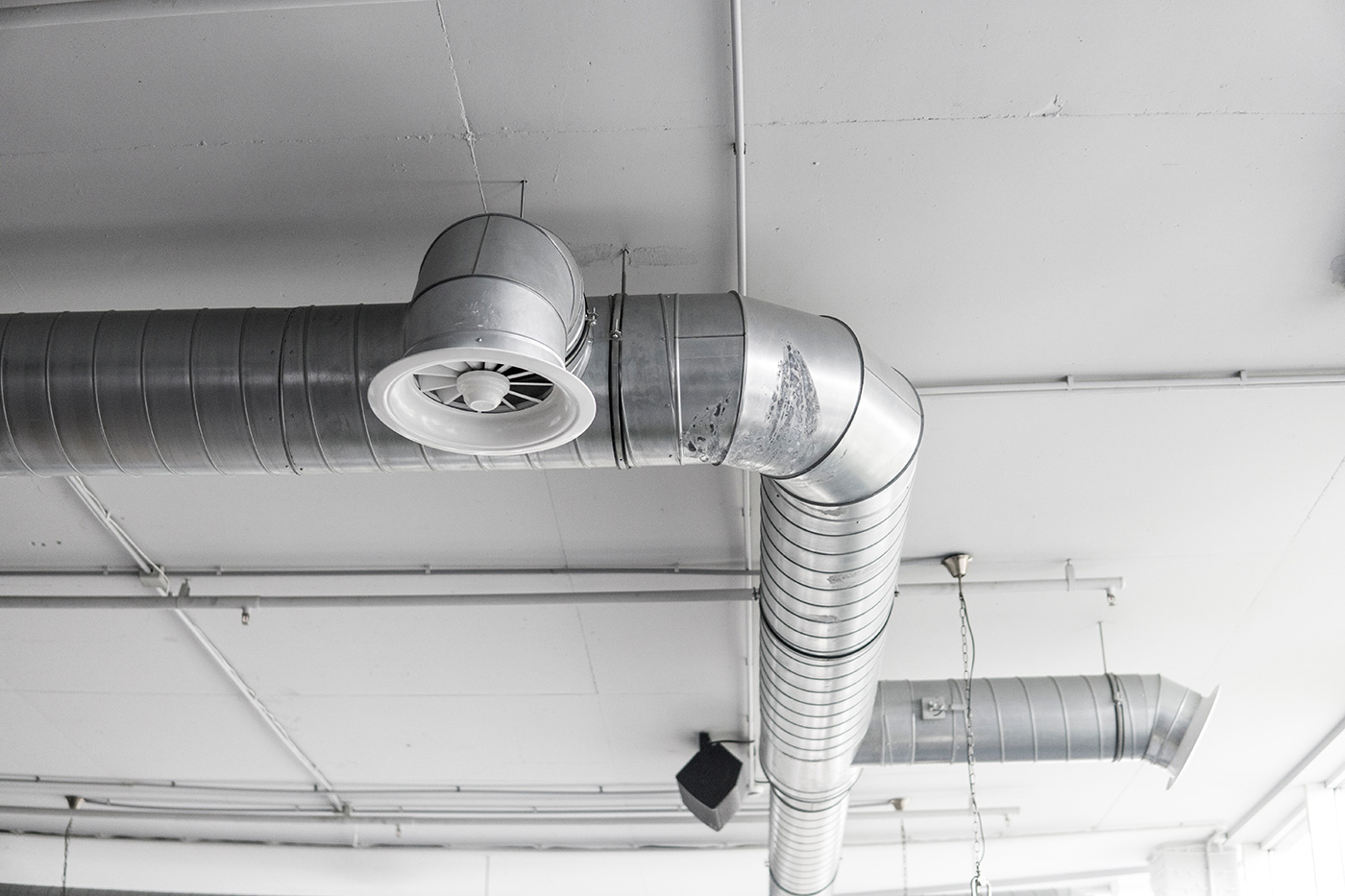
What causes poor air quality in ice arenas? Resurfacing equipment, inadequate ventilation, and high temperature and humidity.
Fuel-burning equipment like resurfacers and edgers—commonly known by the brand name Zamboni—emit air pollutants like carbon monoxide, nitrogen dioxide, and particulate matter that can cause difficulty breathing, eye and respiratory irritation, flulike symptoms, and asthma. Inadequate ventilation can mean not enough outdoor air is brought in to dilute emissions or carry pollutants out of the building. And high temperature and humidity can increase concentrations of these pollutants.
Hockey arenas also need refrigerant systems to keep the ice at the perfect temperature. Running optimally, they also maintain the indoor temperature and humidity to ensure both energy efficiency and occupant comfort. But any equipment that burns fossil fuels, including hot water heaters and boilers, furnaces, forklifts, and bleacher heaters, can contribute to poor indoor air quality if not used and maintained properly.
How can a building automation system help facility managers improve air quality in hockey arenas? From 2017 to 2020, a team of Health Canada scientists studied air quality in arenas with the goal of providing recommendations on monitoring and improving it. The resulting best practices for improving air quality in ice arenas include guidelines around equipment operation and maintenance, fuel types and pollution control for ice resurfacing and edging, air circulation and ventilation schedules, and air-pollutant monitoring. In addition, ASHRAE Standard 62.1-2022 provides ventilation requirements for sports arenas, and the International Ice Hockey Federation’s Guide to Sustainable Ice Arenas discusses the five basic energy systems used in ice arenas and how to integrate them for sustainable monitoring and control.
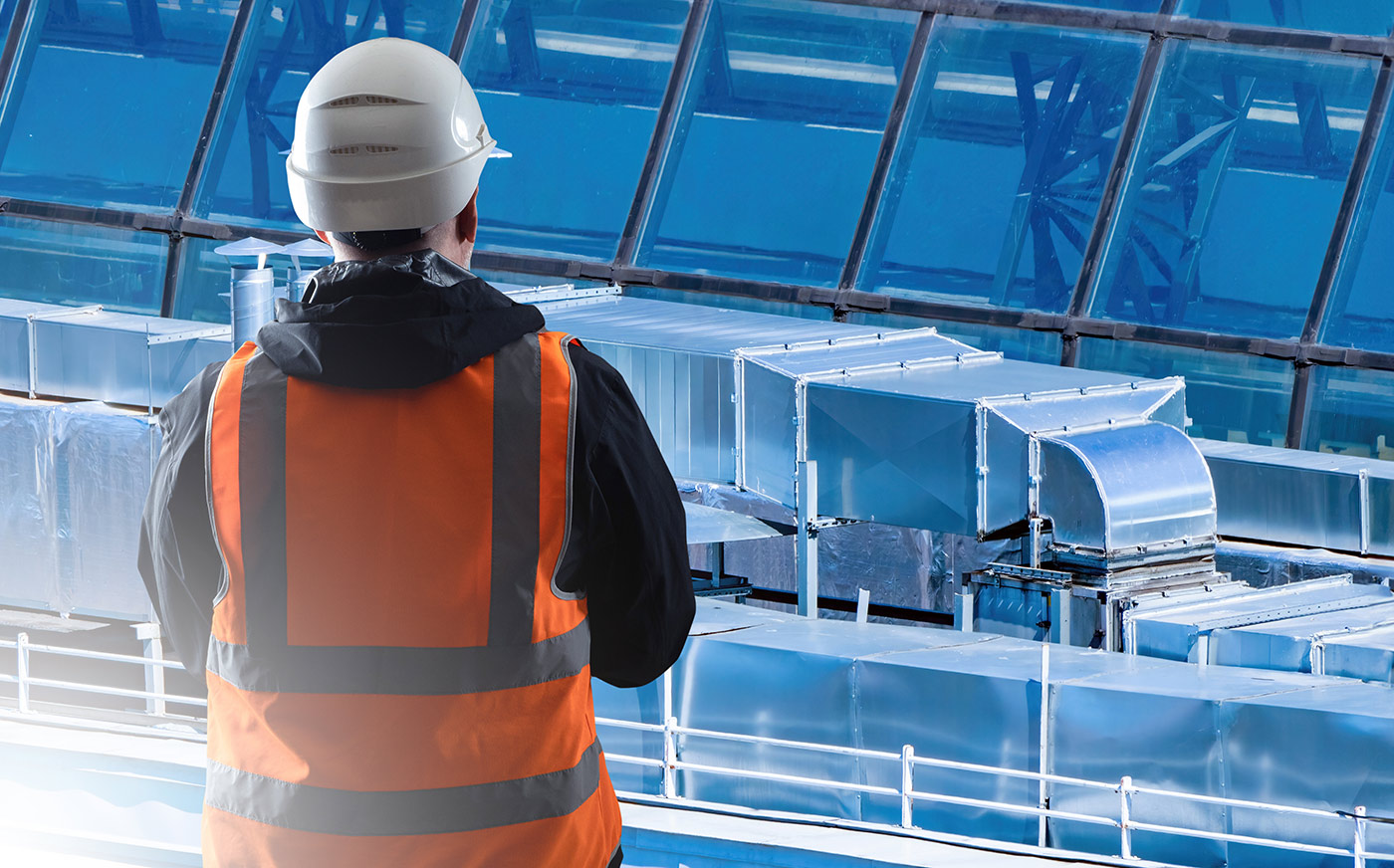
How to improve air quality arenas: Automated ventilation, air-pollutant monitoring, and equipment maintenance.
For example, a building automation system can be used to program overnight ventilation flush-outs and hourly ventilation as well as to increase ventilation on ice-resurfacing days to reduce levels of carbon monoxide, nitrogen dioxide, and particulate matter. Monitoring air quality is critical for detecting high levels of air pollutants and reducing occupant exposure. Solutions like the Reliable Controls MACH-ProView™ LCD controller and SMART-Sensor™ devices can measure indoor air quality metrics like temperature, humidity, CO2, volatile organic compounds, and particulate matter (PM2.5 and PM10). A building automation system can also alert facility managers when air quality approaches dangerous levels.
When the puck drops on your next game, look around. Whether you’re watching from the stands or on the ice yourself, good air quality is one thing every hockey fan should care about.
Interested in how we can help you improve the air quality in your facility?
Find an Authorized Dealer near you today.

Reliable Controls president Tom Zaban explores how we can help you foster transparency in the race to net zero.
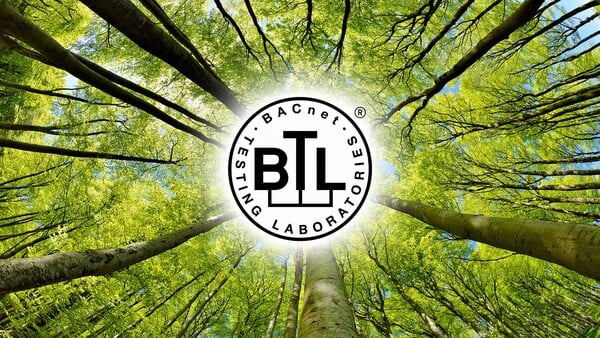
Reliable Controls president Tom Zaban reflects on 30 years of the BACnet protocol.
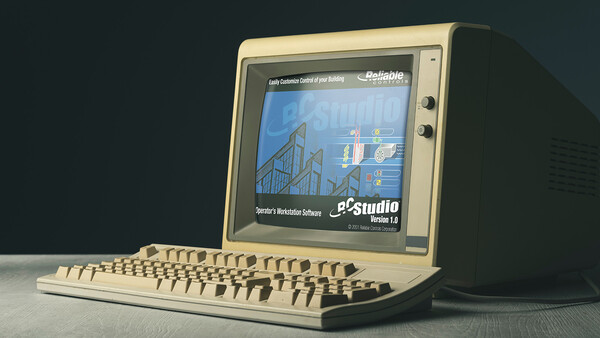
Celebrating nearly 25 years of RC-Studio, the backbone of our suite of building automation tools.

Learn how Reliable Controls promotes a circular economy, starting with design choices.

Learn about encouraging outcomes of the UN Climate Change Conference and how building automation plays a critical role in achieving global decarbonization goals.

If you’re a building owner or manager, how can you clean the air in your facility to protect occupants?
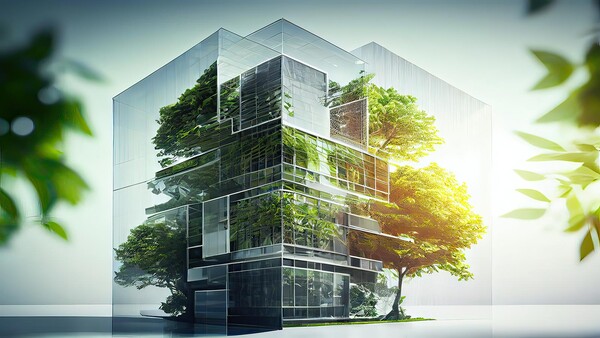
LEED certification is increasing on Vancouver Island. Reliable Controls President Tom Zaban shares his thoughts.